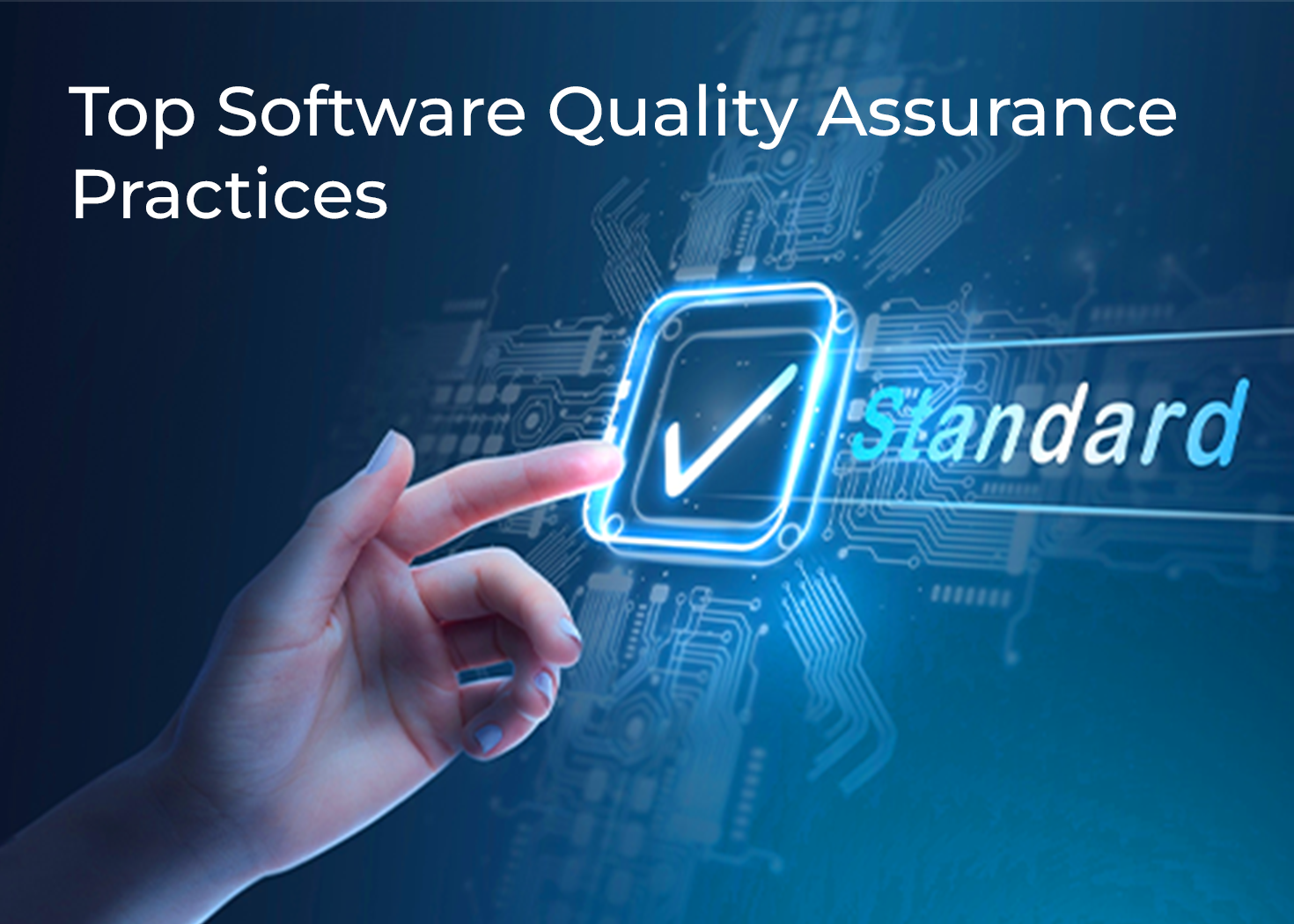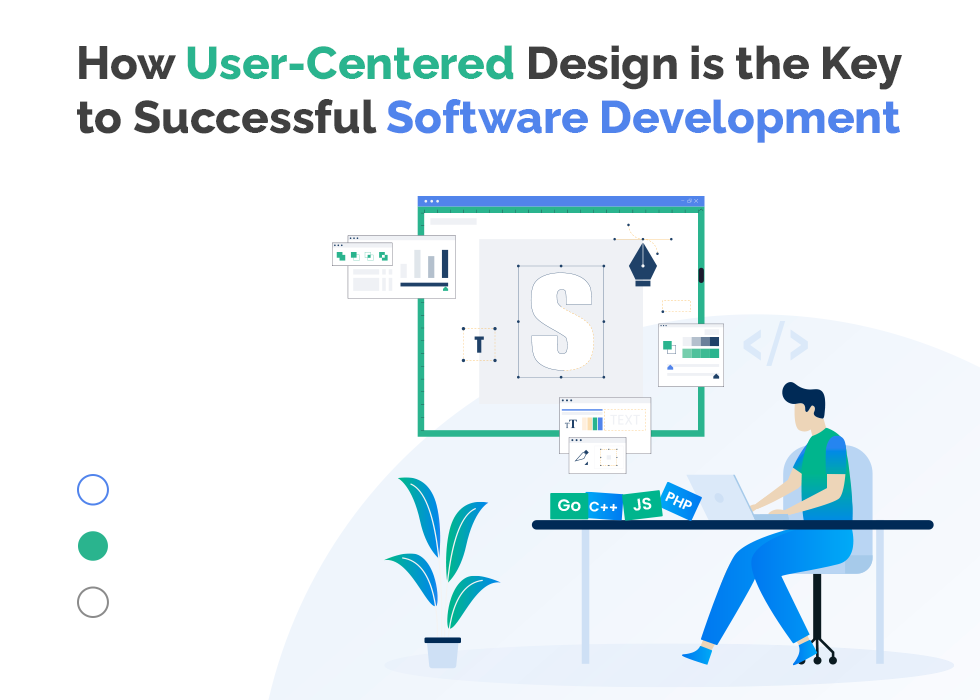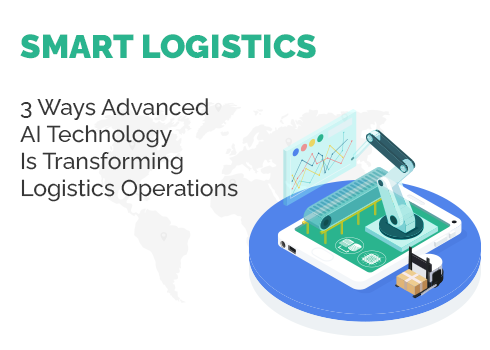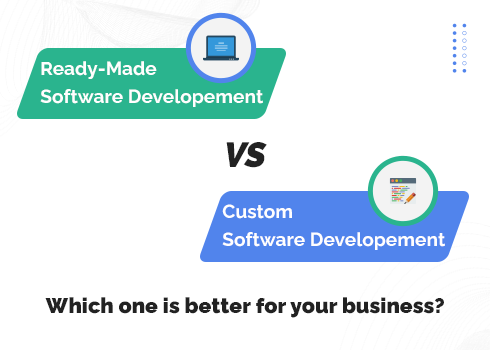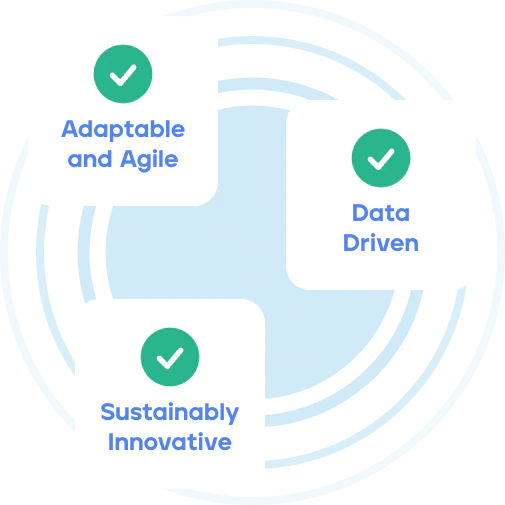What is Software Quality Assurance (SQA)
In the modern era of software development, where innovative ideas and efficiency are the keys to success, ensuring the quality of the final product is essential. Software Quality Assurance (SQA) helps with this by providing a logical way to find and fix problems during the software development process. SQA is a set of processes, methods, and activities that work together to ensure that software products meet defined quality standards and meet the needs of the people who use them. It covers all stages of software development, from the first planning and analysis of requirements to testing, deployment, and ongoing support.

Did you know?
The global market size for Software Quality Assurance was valued at USD 1772.81 million in 2024 and is projected to grow at a compound annual growth rate (CAGR) of 14.47% until 2031, reaching a total of USD 3989.57 million.
Importance of SQA in the Software Development Lifecycle
SQA is essential in the software development process. It's not just a check at the end but a proactive approach to prevent flaws, cut risks, and boost software quality. Strong SQA practices can help avoid costly errors, delays, and dissatisfaction among end-users.
Best Practices in Software Quality Assurance:
Include Risk Management with Quality Assurance
Emphasize the importance of integrating risk management into quality assurance practices. Discuss how identifying and mitigating risks early in development can significantly improve software quality and reduce the likelihood of costly errors or failures later on. Provide examples of common risks in software development and how they can be addressed proactively through effective risk management strategies.
Continuous Monitoring
Highlight the significance of ongoing monitoring throughout the software development lifecycle. Explain how continuous monitoring ensures that established standards and procedures are followed consistently, allowing for timely detection and resolution of issues. Discuss the role of automated tools and metrics in facilitating continuous monitoring and improving overall software quality.
Apply Effective Methodologies
Explore various QA testing methodologies and their effectiveness in ensuring software quality. Compare and contrast approaches such as Agile testing, Waterfall testing, and DevOps, highlighting their strengths and weaknesses in different scenarios. Provide practical tips for selecting and implementing the most suitable methodology for a given project.
Transform the Entire Organizational Culture
Discuss the importance of promoting a culture of quality throughout the organization. Explain how quality assurance should not be seen as a separate function but integrated into every development stage. Share strategies for promoting a culture of collaboration, accountability, and continuous improvement, emphasizing the shared responsibility of all team members for delivering high-quality software.
Formulate Requirements Concisely
Stress the critical role of clear and concise requirements in ensuring software quality. Discuss common challenges associated with requirements gathering and management, such as ambiguity, inconsistency, and scope creep. Provide best practices for writing and managing requirements effectively, including prioritization, validation, and traceability techniques.
Close Collaboration with the Development Team
Close collaboration between QA and development teams promotes communication, transparency, and shared ownership of quality. Strategies like pair programming and joint code reviews integrate QA effortlessly. High-performing teams spend 22% less time fixing issues, emphasizing the value of integrating testing into the development process. This collaboration saves time and boosts efficiency, highlighting the importance of QA practices throughout the software lifecycle.
Consider End User's Mindset
Understanding the user's perspective is crucial in QA testing. Testers should prioritize features based on user needs and preferences. Techniques like user interviews and surveys ensure software meets users' needs. Since most apps lose 95% of users within 90 days, testers must ensure the app creates a positive first impression and delivers effective personalized messages to retain users.

In the modern era of technology, being ahead and adjusting to new trends is crucial. At Gigalabs, we understand the importance of continually enhancing your software to ensure quality. Let's collaborate to shape the future of software quality, experimenting with new ideas to ensure your software excels. Stay ahead, stay relevant, and let Gigalabs assist you in this evolving landscape of software excellence. The future is here and we're ready to help you move forward.









